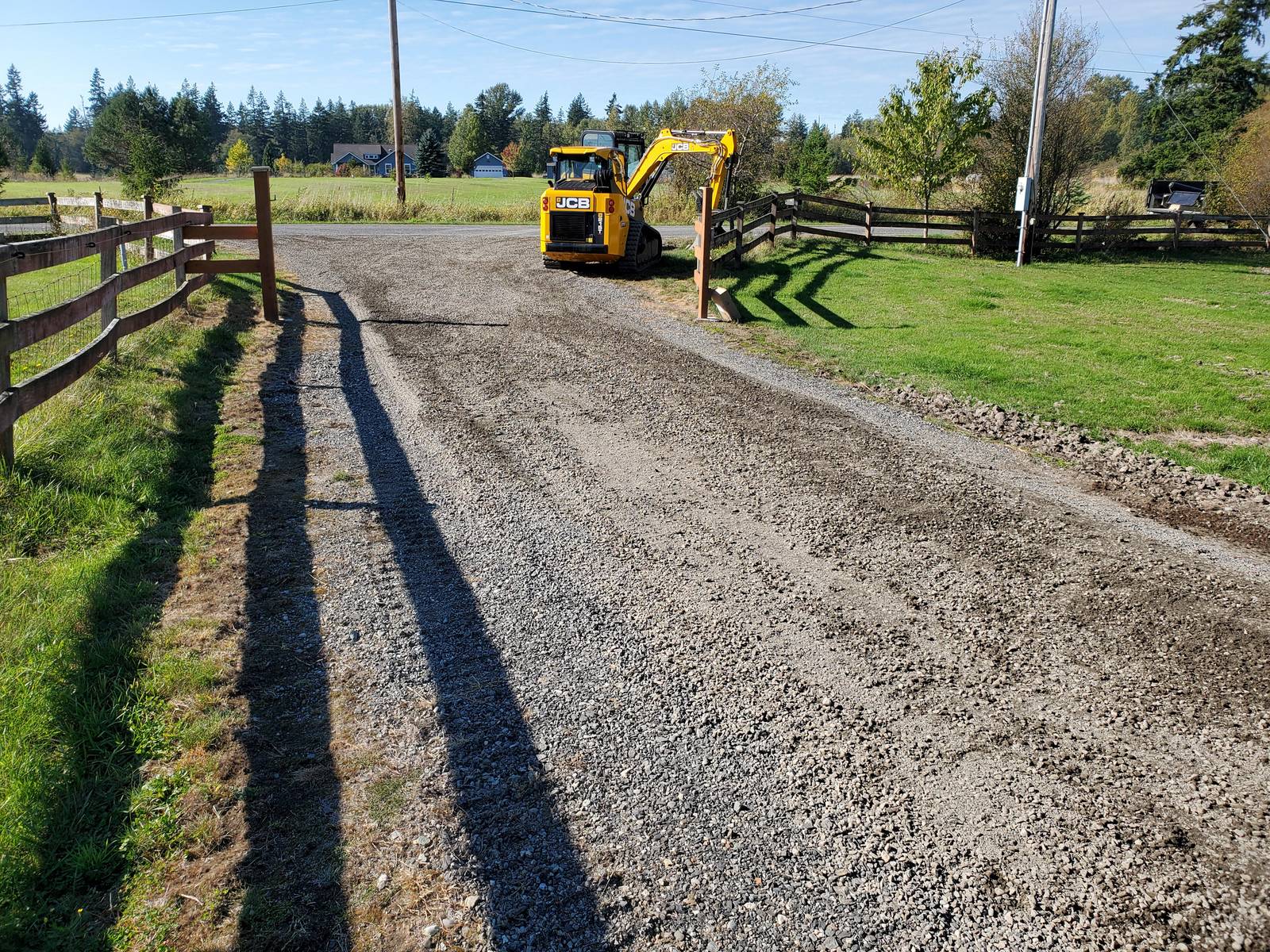Culvert Setup Facilitated: Step-by-Step Overview for Success
Installing culverts may appear like a straightforward job, yet ensuring a successful end result calls for mindful planning and execution. From choosing the suitable culvert size to integrating appropriate drain actions, each step in the setup process plays a critical role in the functionality and longevity of the culvert system. By adhering to a systematic approach and taking note of essential details, the installation can proceed smoothly, minimizing potential issues down the line. Stay tuned to reveal the essential actions and considerations that can make culvert setup a smooth and effective undertaking.
Picking the Right Culvert Dimension
Picking the suitable culvert dimension is critical for making certain effective water flow and structural honesty in culvert installment jobs - Pad Construction. The dimension of the culvert straight influences the flow capacity of water via the structure. A culvert that is as well tiny can cause flooding and overflow, while one that is too huge may lead to reduced water velocity, possibly causing debris build-up and blockages
To establish the best culvert dimension, elements such as the watershed location, peak circulation prices, and hydraulic effectiveness need to be very carefully thought about. Computations based upon these parameters aid in selecting a size that can sufficiently handle the anticipated water quantity while minimizing the threat of clogs and structural failure.
It is essential to seek advice from design guidelines and requirements to make certain that the chosen culvert size fulfills the project needs and neighborhood policies (Pad Construction). By choosing the appropriate culvert size, project managers can enhance water circulation, prevent possible problems, and boost the total effectiveness and longevity of the culvert setup
Preparing the Setup Website
Effective culvert setup necessitates thorough prep work of the installation website to make certain ideal structural assistance and performance. Before starting the installment procedure, it is crucial to remove the site of any type of debris, greenery, or obstructions that could restrain the culvert's placement.
Additionally, it is necessary to take into consideration elements such as soil structure, groundwater degrees, and ecological influences when preparing the setup website. Carrying out an extensive website analysis can aid determine any possible obstacles or dangers that may affect the culvert's performance. By taking the time to prepare the setup site appropriately, you can assist guarantee a successful culvert installation that fulfills architectural needs and guarantees lasting capability.
Placing the Culvert Correctly

The quality at which the culvert is positioned is essential for maintaining a proper incline for water circulation. In addition, the culvert ought to be oriented properly to ensure that the inlet and outlet are in the correct places. Pad check my site Construction.
Backfilling and Condensing the Dirt
Appropriate backfilling and compaction of the dirt around the culvert is vital to ensure stability and avoid prospective concerns in the future. As soon as the culvert is correctly put, the next critical action is to backfill the area around it with suitable product. The backfill material must be devoid of rocks, particles, and organic issue to prevent damage to the culvert. It is suggested to utilize granular product such as sand or gravel for backfilling, as it offers excellent water drainage and compaction other properties.
After placing the backfill product, it is very important to small it in layers of uniform thickness. Using a compactor or a mechanical tamper, portable the dirt gently to avoid harming the culvert. Compaction assists in reducing the possibilities of negotiation and guarantees consistent support around the culvert. It is important to portable the dirt evenly on all sides of the culvert to preserve its structural integrity.
Appropriate backfilling and compaction not just give security to the culvert yet additionally aid in avoiding dirt erosion and preserving the longevity of the culvert system.
Ensuring Appropriate Drain Combination
Incorporating reliable drainage services plays a critical function in the overall functionality and long life of culvert setups. Proper drainage integration is necessary for taking care of water flow, protecting against erosion, and making sure the structural honesty of the culvert system. To achieve this, it is crucial to make a detailed water drainage strategy that takes into consideration aspects such as the quantity of water expected, the topography of the location, and the kind of dirt present.

Furthermore, integrating internet features like disintegration control actions, such as riprap or vegetation, can additionally boost the efficiency of the drain system. By very carefully preparing and applying these drain solutions, culvert installments can function successfully and withstand the test of time.
Conclusion
Finally, appropriate culvert installation is important for maintaining effective drainage systems. By selecting the ideal culvert size, preparing the setup site, placing the culvert correctly, backfilling and compacting the dirt, and making certain correct water drainage integration, success can be attained. Complying with these steps will help guarantee the long life and performance of the culvert, eventually adding to the overall success of the drain system.
Comments on “Thorough Underbrush Clearing for Land Management”